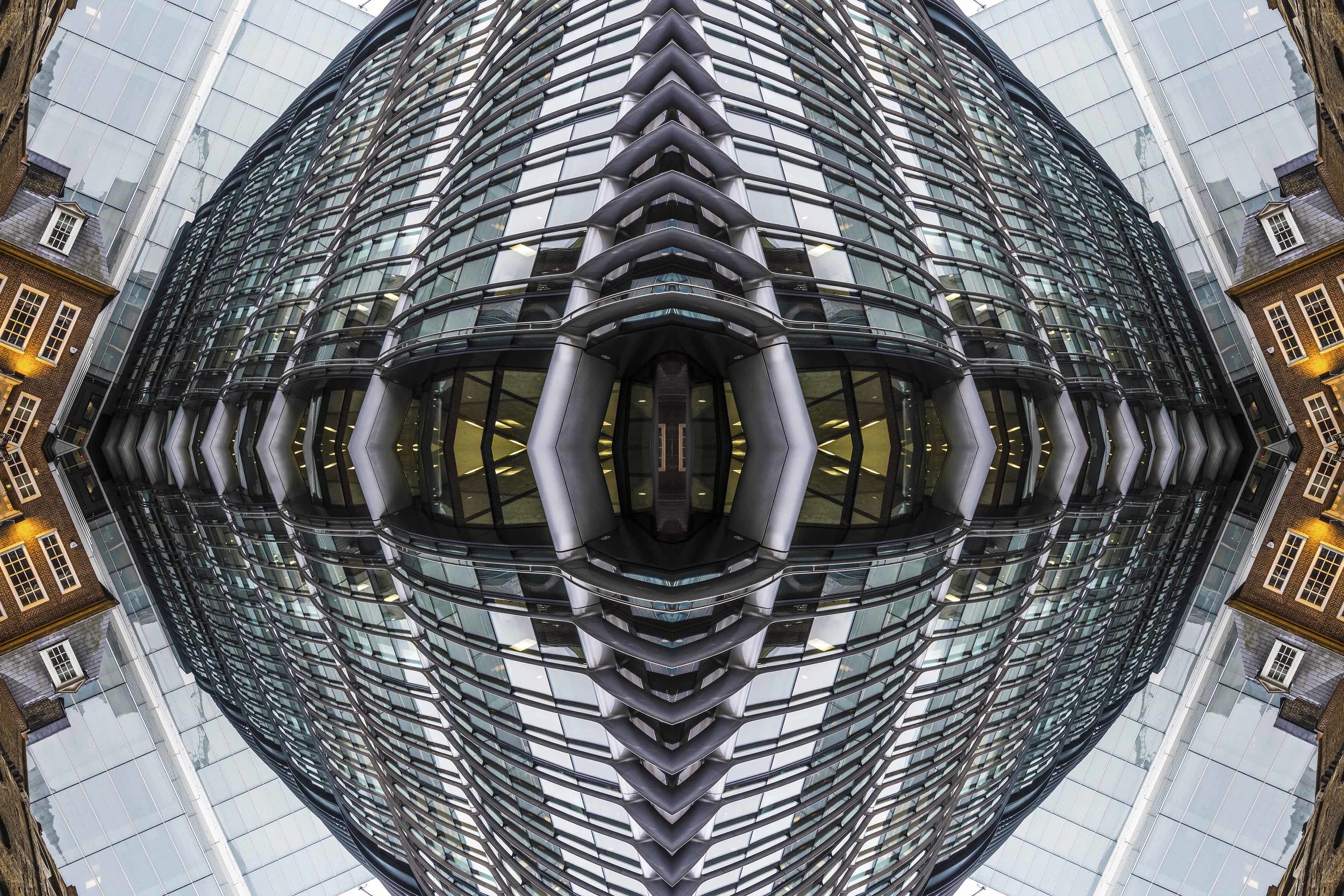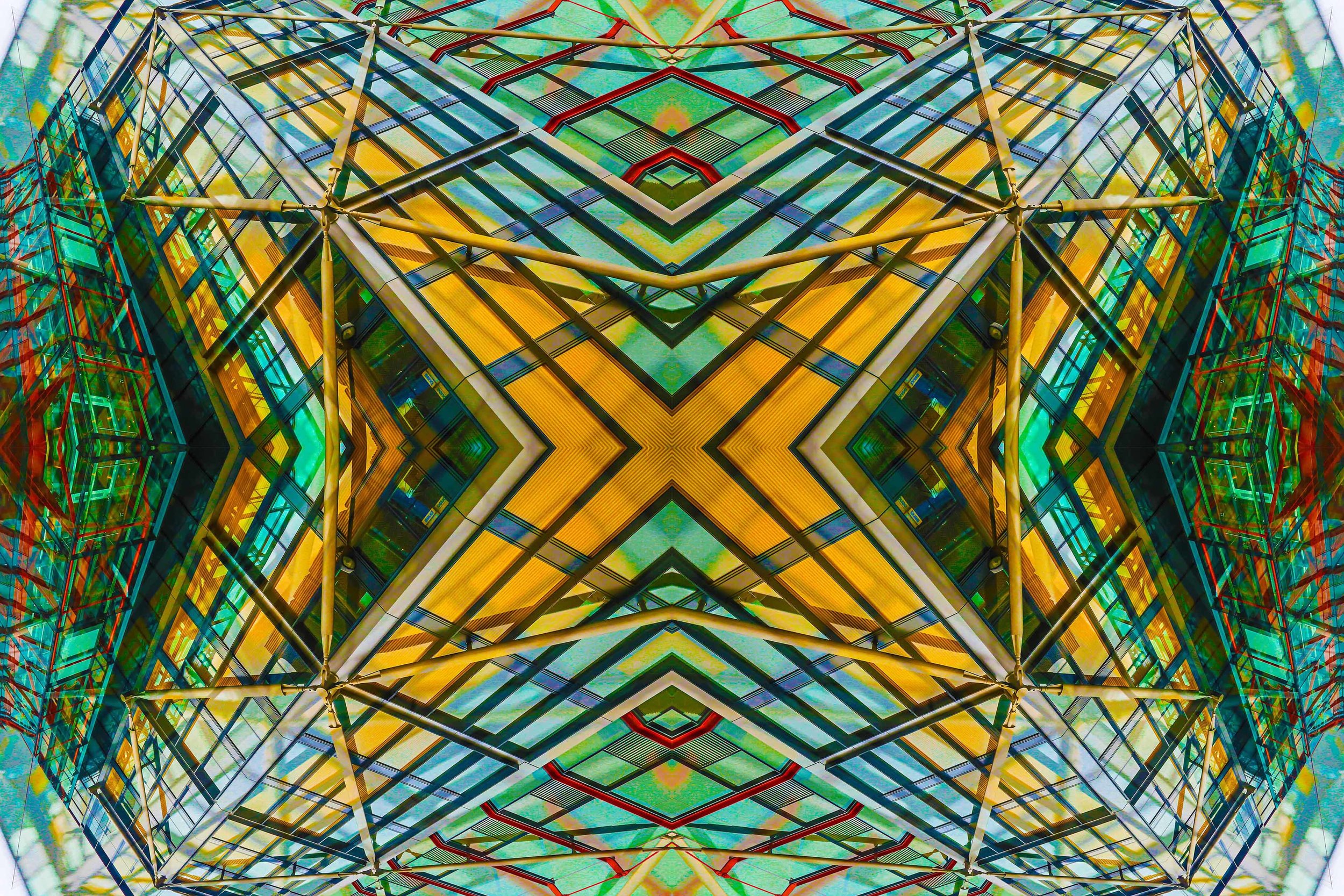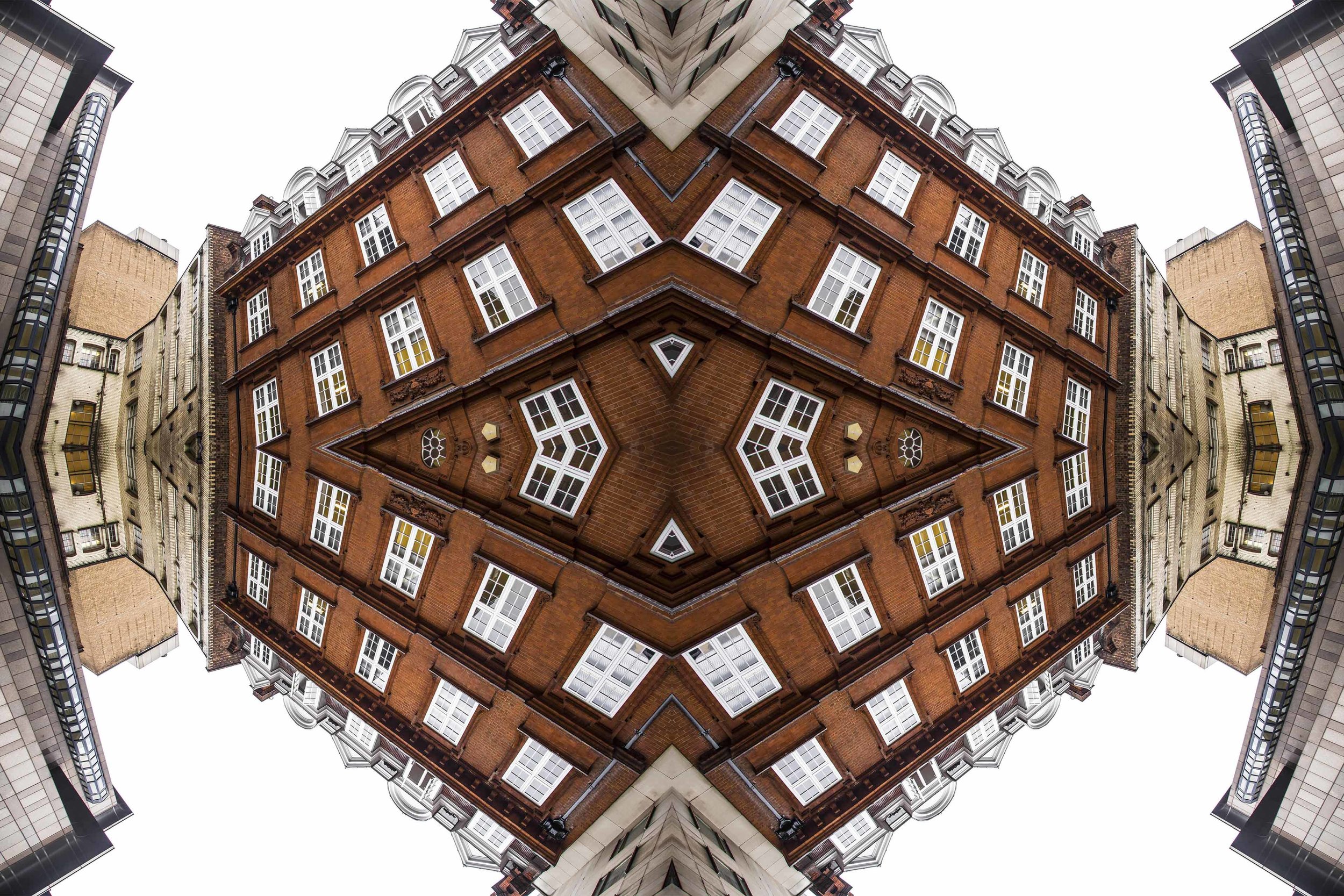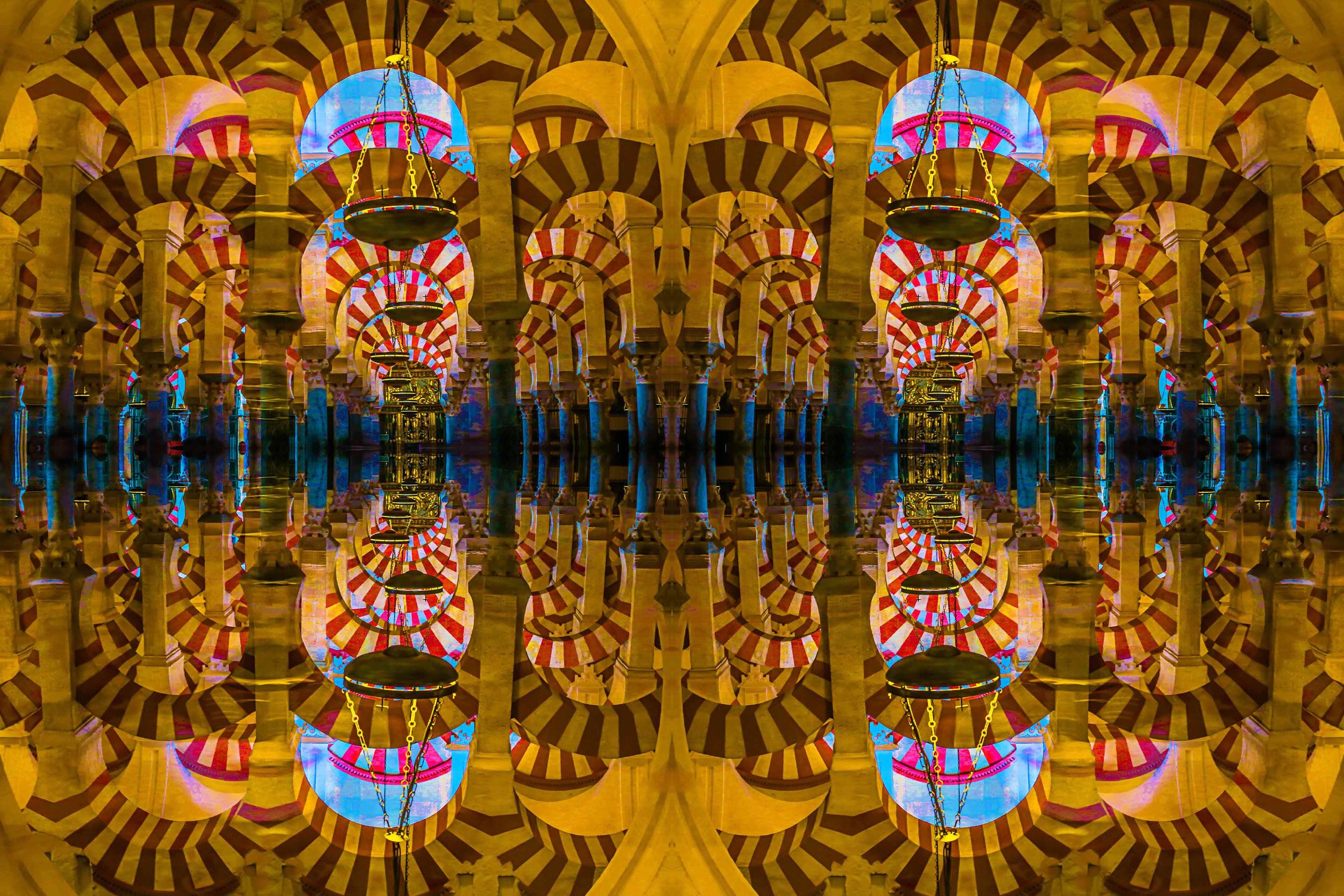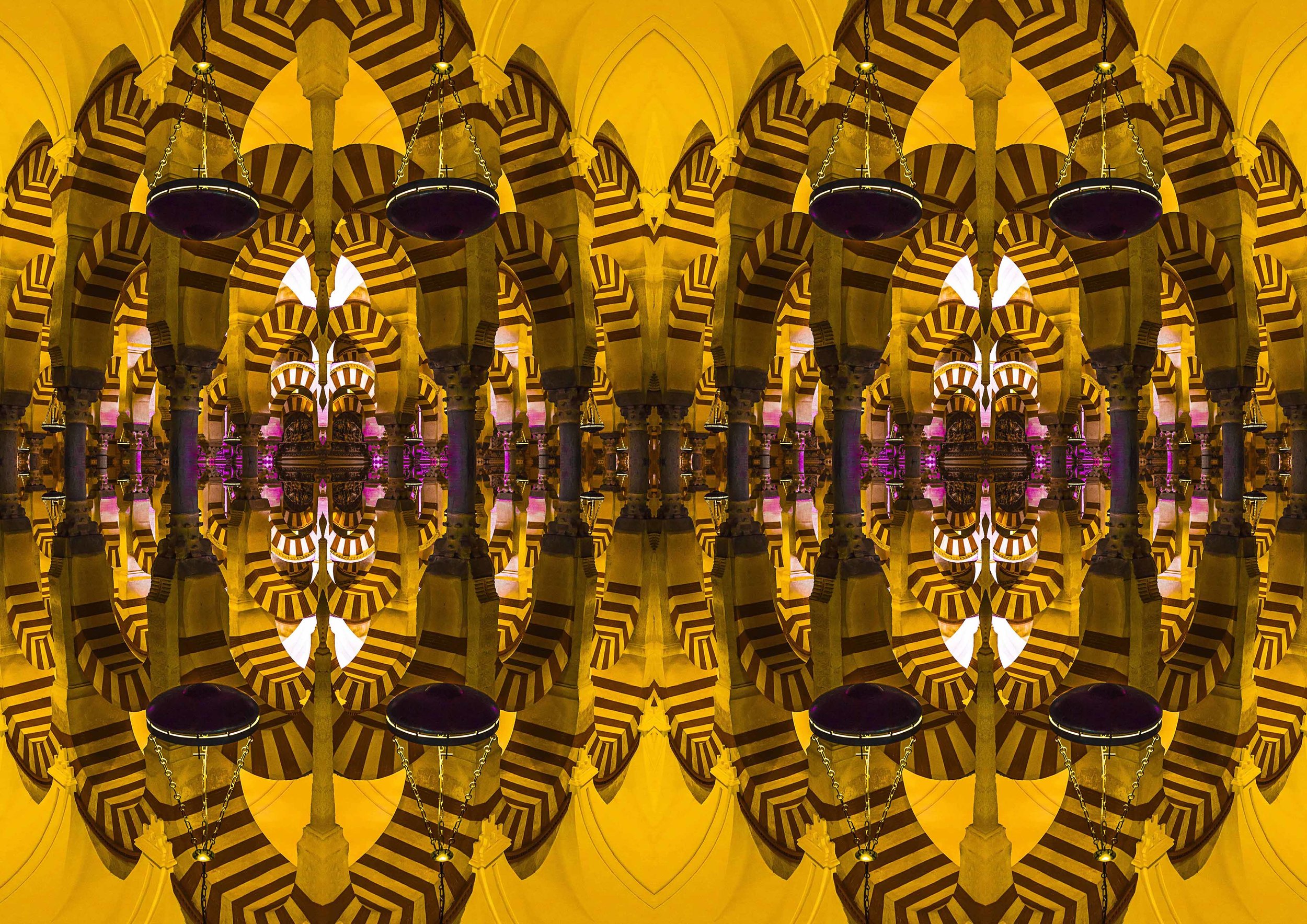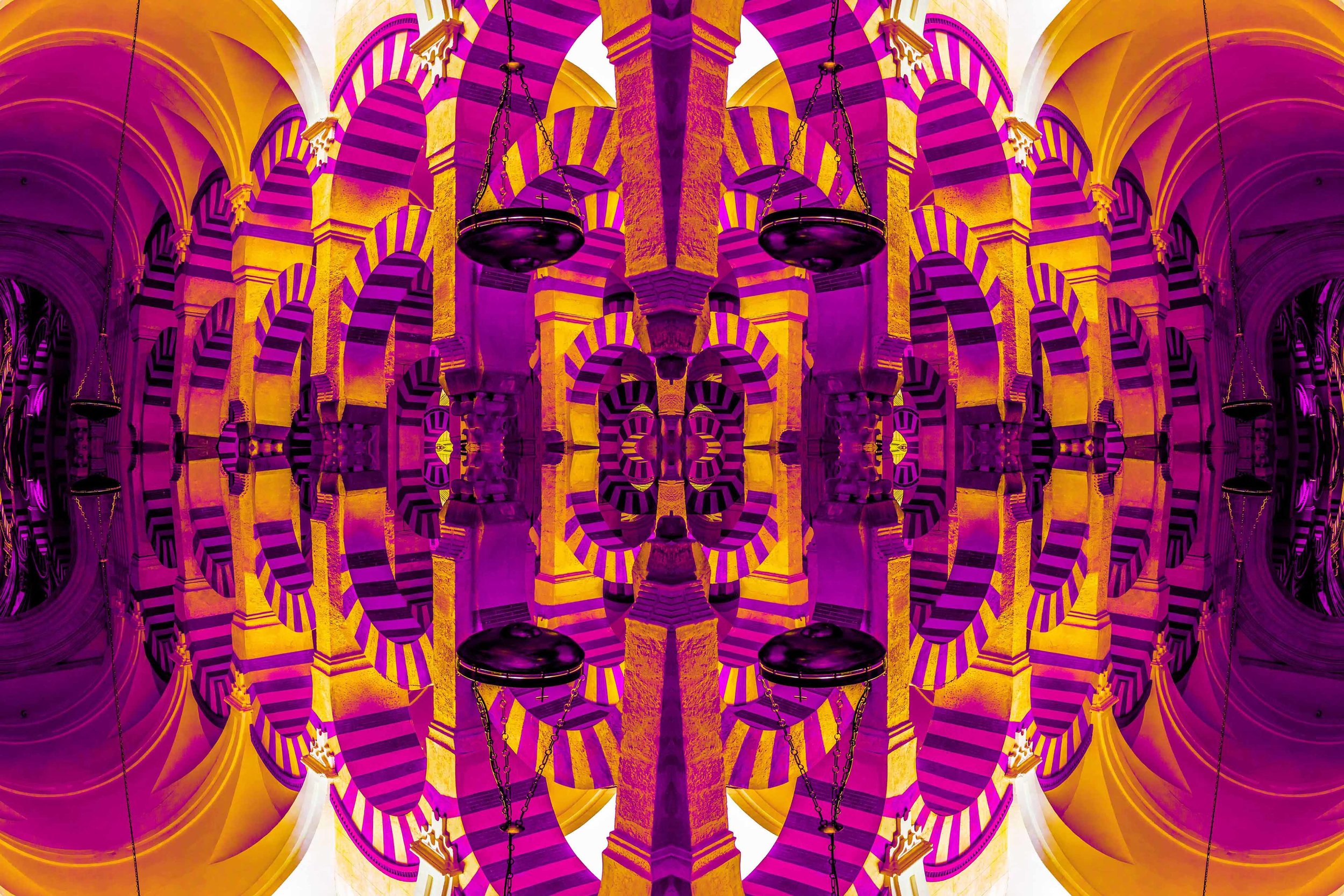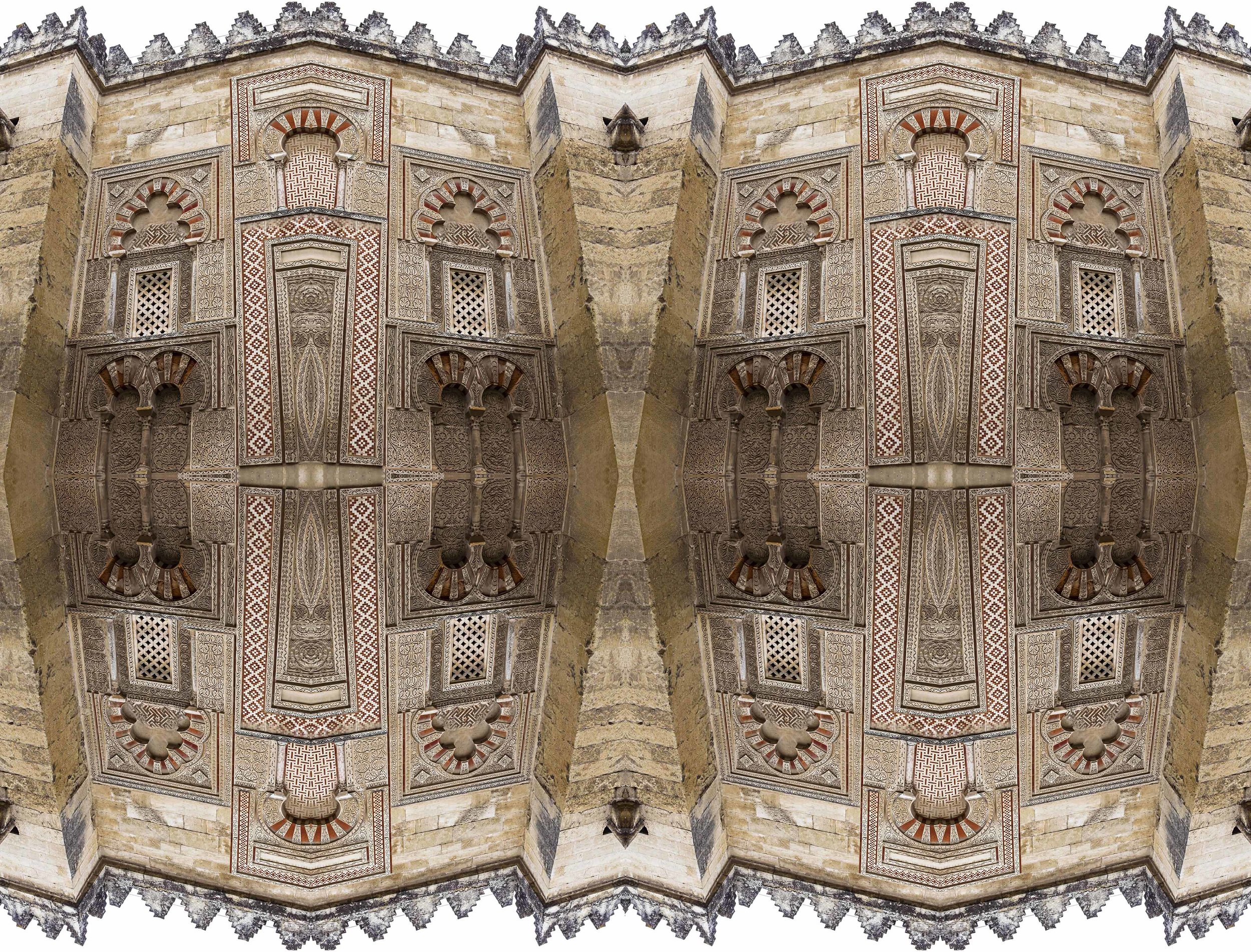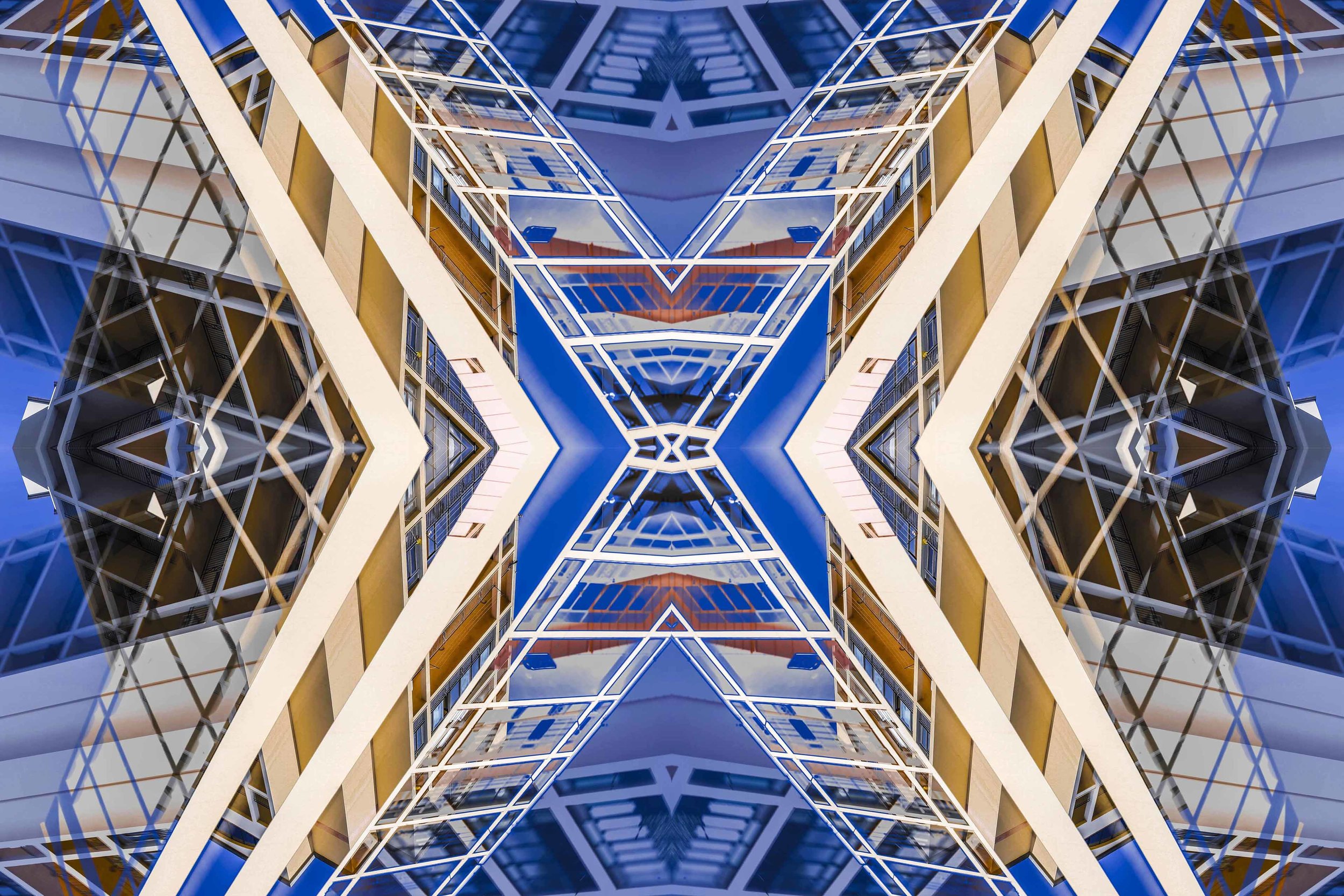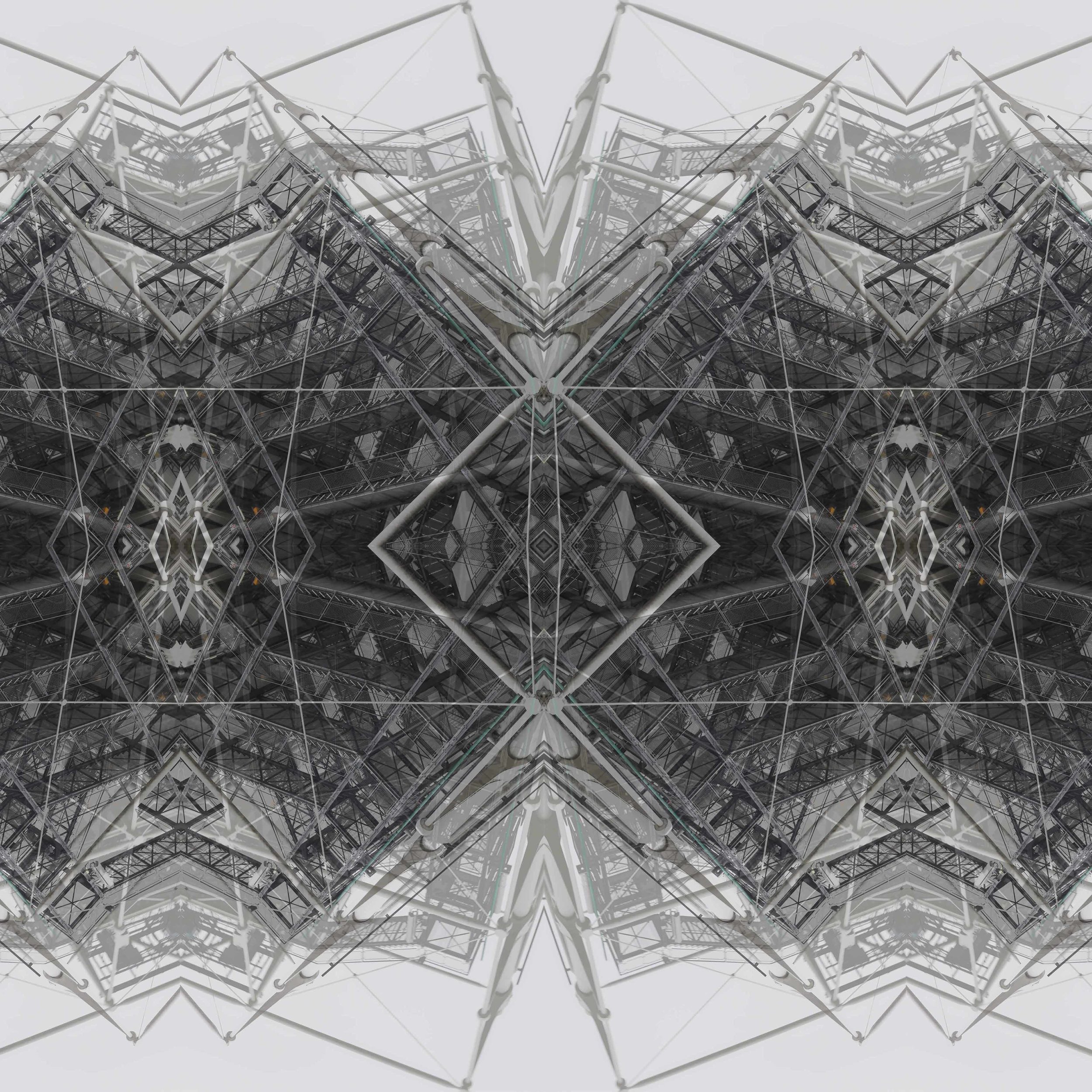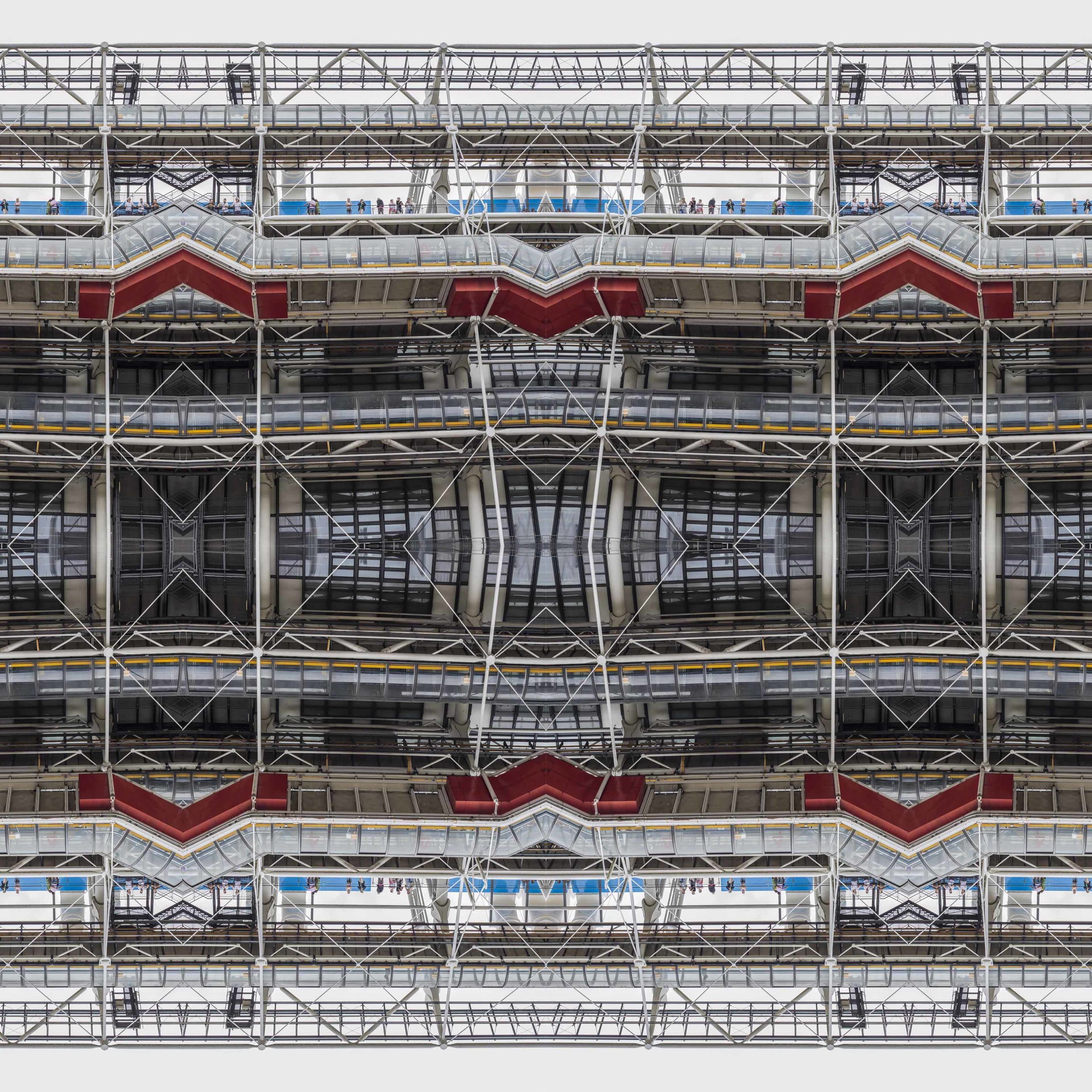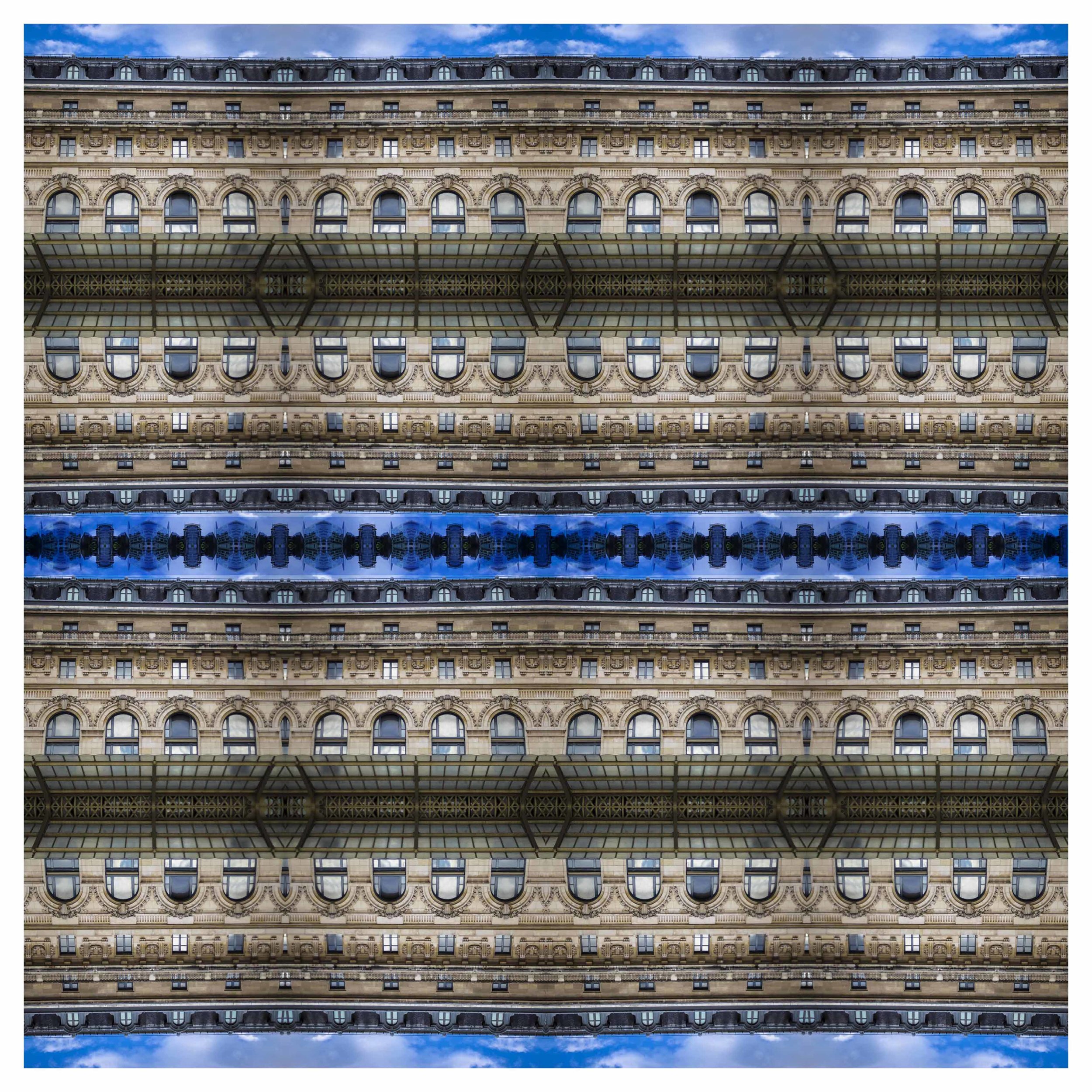While working on a photography project on identity, I found Persian rugs the most fascinating artefacts of my culture. Dating back to 500 BC, Persian carpets have always been an essential part of Persian civilisation and Iranian art. As a photographer, I was interested in juxtaposing the idea of a carpet’s knots with the digital pixels of a photograph. Digital Handicraft - Woven Photograph is an exploration in similarities between digital photographs and woven artefacts.
Thinking about a hand-woven photograph is pretty exciting, isn’t it?
Persian knots, Heavy textile
One of the primary components that makes Persian rug most valuable and highly sought after around the world, is in the unique way of weaving the knots. Asymmetrical knots not only allow the production of a smoother and more expressive design but become tighter over time and use; therefore, a woven photograph, potentially, has a longer lifetime than an archival paper print. By using silk thread and high knot counts featured in Persian rugs, we can handcraft ultra HD images. While this is an expensive, sophisticated process, the results are exceptional.
If you are interested in the arts and crafts of carpet weaving and want to know more about the remarkable world of Persian rugs, take a look at this video published by UNESCO. It’s totally rad!
Design Elements in Oriental rugs
When observing Oriental rugs, three different design elements stand out immediately. First and foremost, the geometric design makes them very distinguishable. The geometry of these designs evoke the concept of unity in diversity. Correspondingly, geometry is a visual modality derived from the way that the artist perceives the world. This notion brings us to the second discernible elements of Persian rugs and the sense of symbolism in the floral patterns, stars and rows of octagons. These images are commonly used to bring the nature components into our interior spaces. Last but not least, the vibrant and psychedelic colour palette, which differs from one region to another, reflects the surrounding environment of the designer.
Pattern design using Architectural Photography
Following these features, geometry, symbolic patterns and psychedelic colour palettes, I decided to use the architectural photographs as the symbolism of urban nature in a geometric form. During my recent trips to Paris, Palermo and Malaga, and in my hometown, London, I started capturing the buildings and architecture. Just like a Persian rug designer, I mirrored the photographs and arranged them in a way to create a symmetrical pattern in a centre. The mirror effect is a common VFX used in a variety of big production movies such as Inception, Interstellar, Dr Strange and many more to emphasis the parallel universes. I called this series, The Multiverse.
Let me know in the comment section, which one of these photos would you choose, if you were to make one of these woven photographs.
As a physical object, a rug has a distinct functionality that creates a particular interaction with the viewer. You can touch it!! Usually, in photo exhibitions, prints are packed in a hard wooden frame, behind glass or a hard plastic surface. Here, the possibility of touching the material can create a different interaction with the photograph. I chose to weave a glass building. The soft texture of the wool is in utter opposition to the hard surface of the glass.
Meditation Rug
Weaving a carpet is a meditative and cognitive process. The weaver sits behind the loom and one by one weaves the threads into knots. It is repetitive and musical. It requires tremendous focus and immeasurable concentration. This led me into choosing a size suitable for a meditation seated position. The final product is a handmade meditation rug, perfect for a short break from the craziness out there.
The chart below is the map and the colour palette of my rug. It is made of 67 colours and it’s approximately 100cm by 70cm. It contains 303,600 knots!
The title of the artwork, as shown below, represents the carpet’s colour codes.
fbfcfe-f4f9fc-ecf5fc-e4f3fa-d8ebfa-cbe1f6-c3dff5-b8d7f3-add1f3-a3cbef-97c4ed-84b8e8-72a5e6-5490d9-3970ca-c1b9b7-afa79c-a39594-827473-71645b-635353-50433a-3e3432-2a231b-1c1714-100b0f-e0e0ea-c3c0cb-b1abb5-a699aa-908a96-857889-3e3432-655869-52474f-453b46-333242-2e292f-211c22-151422-bcc3dd-abb2ce-97a3bd-9192ae-7583a8-696e8e-595f79-53506b-3b4255-a0a1a5-808080-bfdebf-d5dfaa-7c7f54-535f55-aaa0ab-553f54-293f00-281f00-d6bcab-a98054-7e6153-a8a153-7f8000-533f00-fdfbee-92867a




If you like to own a personalised and unique Persian rug, please get in touch.




